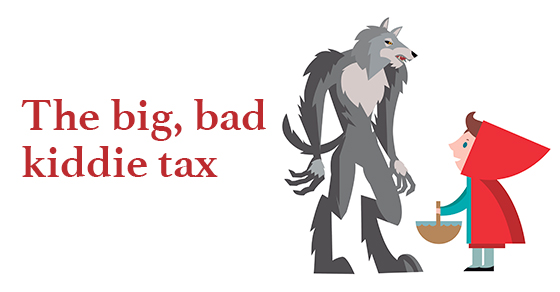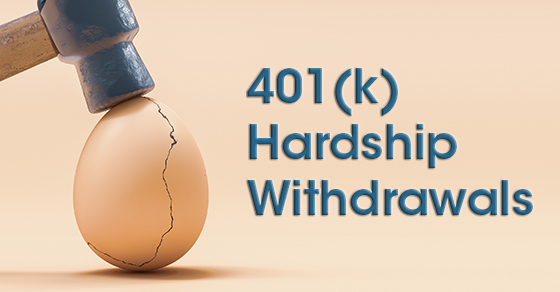What’s excluded from the balance sheet?
Financial statements help investors and lenders monitor a company’s performance. However, financial statements may not provide a full picture of financial health. What’s undisclosed could be just as significant as the disclosures. Here’s how a CPA can help stakeholders identify unrecorded items either through external auditing procedures or by conducting agreed upon procedures (AUPs) that target specific accounts.
Start with assets
Revealing undisclosed liabilities and risks begins with assets. For each asset, it’s important to evaluate what could cause the account to diminish. For example, accounts receivable may include bad debts, or inventory may include damaged goods. In addition, some fixed assets may be broken or in desperate need of repairs and maintenance. These items may signal financial distress and affect financial ratios just as much as unreported liabilities do.
Some of these problems may be uncovered by touring the company’s facilities or reviewing asset schedules for slow-moving items. Benchmarking can also help. For example, if receivables are growing much faster than sales, it could be a sign of aging, uncollectible accounts.
Evaluate liabilities
Next, external accountants can assess liabilities to determine whether the amount reported for each item seems accurate and complete. For example, a company may forget to accrue liabilities for salary or vacation time.
Alternatively, management might underreport payables by holding checks for weeks (or months) to make the company appear healthier than it really is. This ploy preserves the checking account while giving the impression that supplier invoices are being paid. It also mismatches revenues and expenses, understates liabilities and artificially enhances profits. Delayed payments can hurt the company’s reputation and cause suppliers to restrict their credit terms.
Identify unrecorded items
Finally, CPAs can investigate what isn’t showing on the balance sheet. Examples include warranties, pending lawsuits, IRS investigations and an underfunded pension. Such risks appear on the balance sheet only when they’re “reasonably estimable” and “more than likely” to be incurred.
These are subjective standards. In-house accounting personnel may claim that liabilities are too unpredictable or remote to warrant disclosure. Footnotes, when available, may shed additional light on the nature and extent of these contingent liabilities.
Need help?
An external audit is your best line of defense against hidden risks and potential liabilities. Or, if funds are limited, an AUP engagement can target specific high-risk accounts or transactions. Contact our experienced CPAs to gain a clearer picture of your company’s financial well-being.
© 2018






